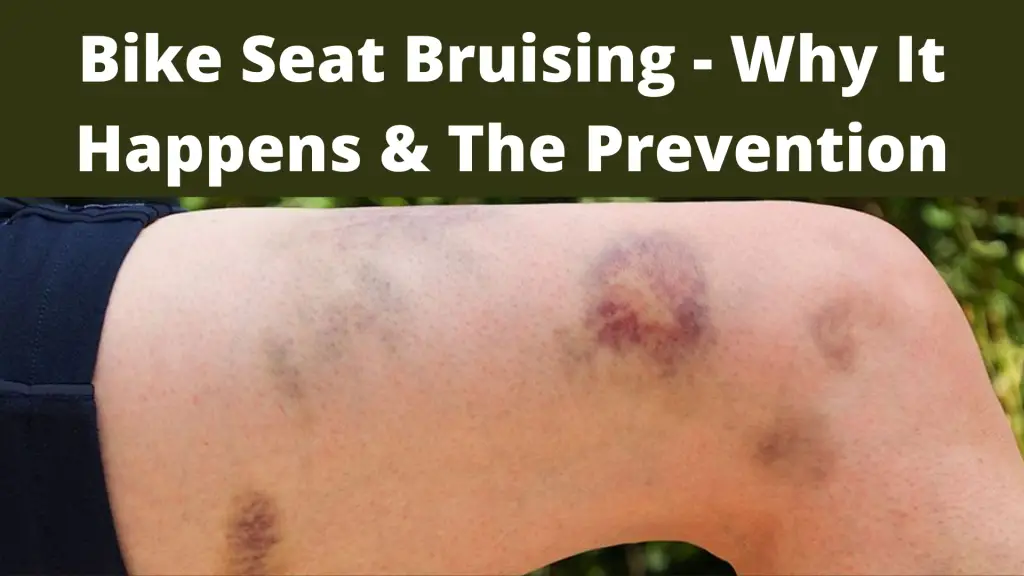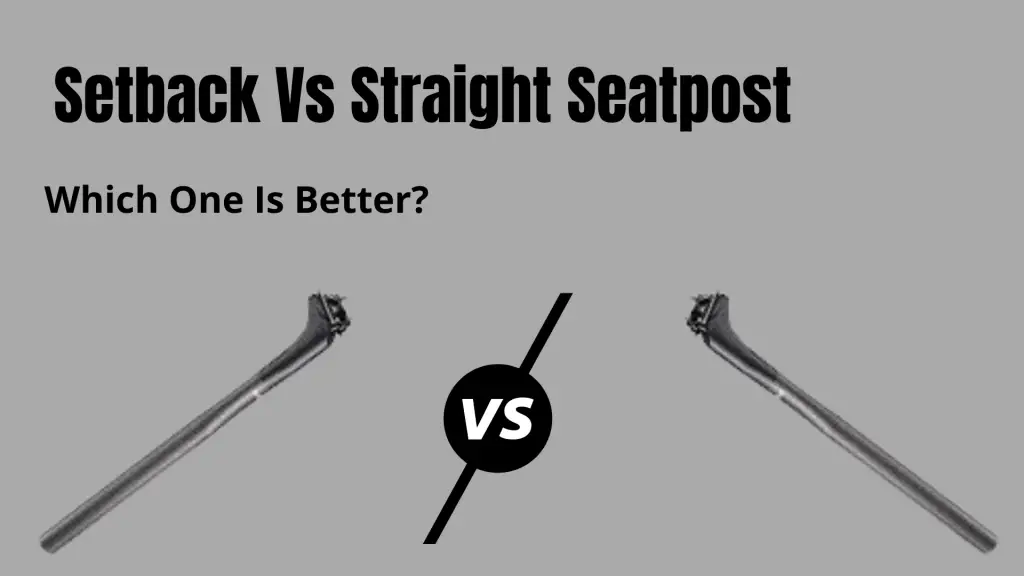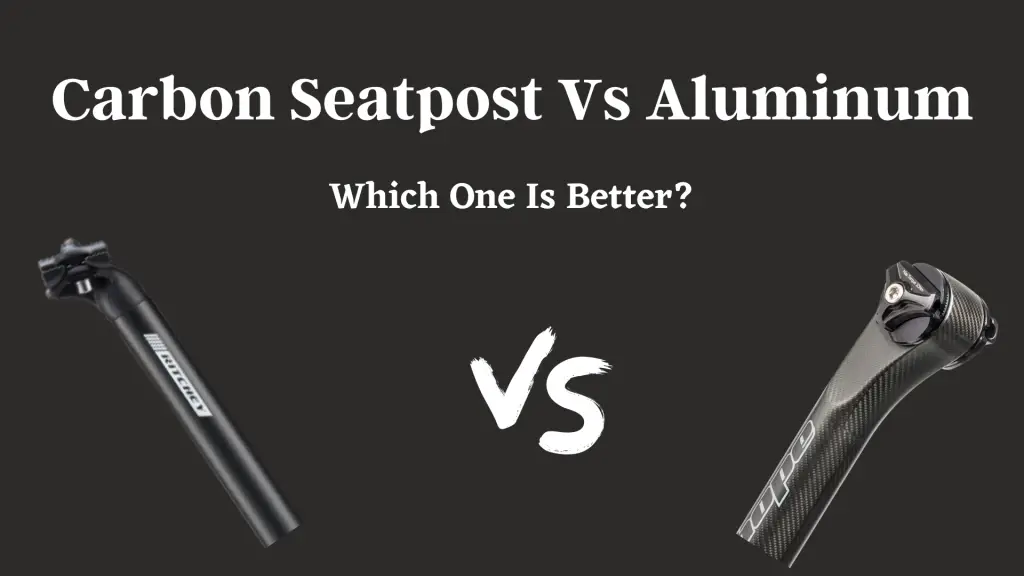Want to conquer the mountain with your bike? A big cassette like 11-36, 11-40, or 11-42 is what you need for that.
But to have that blissful experience choosing the right cassette can be perplexing.
So, which is better 11-36 vs 11-40 vs 11-42 cassette?
11-36’s top speed is 18-35.7 mph in different cadences. Then comes 11-40 at 17-34.1 mph. Lastly, 11-42’s top speed is 14-32.1 mph. However, 11-42 has the largest 42 teeth cog, whereas the 11-36 has only 36 teeth. Nevertheless, 11-40 has the largest 40 teeth cog, more than 11-36.
However, these are just some of the factors for each cassette. To find the most suitable one for yourself, you need to know more.
So, let’s jump right in!
Quick Review
You might be wondering what is the best cassette for every terrain. Psychologically, you can think that 11-42 will be the best. Yet, that may not be the case here.
So, 36t, 40t, or 42t which one is the best? To answer that we need to consider many factors. Gear ratio, gear range, top speed, chain links, etc. need to be accounted for. The same goes for comparing 46t and 50t cassettes.
So, let’s see a quick review to figure out some key factors.
| Differentiating Factors | 11-36 Cassette | 11-40 Cassette | 11-42 Cassette |
| Smoothness | Most | Less than 11-36 Cassette | Least |
| Ease of Climbing | Less than 11-40 Cassette | Less than 11-42 Cassette | Most |
| Force Required | Least | More than 11-36 Cassette | Most |
| Gear Range | 11-12-13-15-17-19-22-25-28-32-36 | 11-13-15-17-19-21-24-27-31-35-40 | 11-13-15-17-19-21-24-28-32-37-42 |
| Gear Ratio (Highest) | 3.64 | 3.64 | 3.64 |
| Gear Ratio (Lowest) | 0.31 | 0.28 | 0.26 |
| Top Speed (Highest Gear) | 18-35.7 mph | 17-34.1 mph | 16-32.1 mph |
| Top Speed (Lowest Gear) | 1.304 mph- 2.178 mph | 1.304 mph- 2.178 mph | 1.304 mph- 2.178 mph |
| Number of Teeth (Maximum) | 36 | 40 | 42 |
| Shift Time | Least | More than 11-36 | More than 11-40 |
| Chain Length(For 50/34 front cog) | 137 cm | 140 cm | 142 cm |
| Chain Link (For 50/34 front cog) | 107 Links | 109 Links | 111 Links |
| Price | Grab It Today! | Grab It Today! | Grab It Today! |
This quick review gives away many notes. However, you need to learn about each factor. Otherwise, determining the suitable cassette for a particular terrain can be hard.
But, don’t worry. Because in the next section, I will give an in-depth comparison of these three cassettes.
So, let’s move on.
In-Depth Comparisons
The proper way to compare bicycle components is with numbers. Because regardless of speed, the number tells how easy you can modify your bicycle. Also, the safety factor is a big thing in this case.
Albeit, bicycle modification has a wide spectrum. You can find a compatible 8-speed chain for the 9-speed cassette. Hence, if you want to upgrade to a bigger cassette, some in-depth idea is essential.
For this comparison, we have chosen 11-speed cassettes for each size. That way, a proper measurement can be given. So, without further ado, let’s get started.
Gearing Range
What is the gearing range? To simply put it, the gearing range is the difference between lower gear and upper gear. The gearing range shows how hard you need to work to pull. Also, a higher rear gear means more torque.
With that said, the gearing range of 11speed 11-36 cassette is 11-12-13-15-17-19-22-25-28-32-36. With the highest gear of 36, it can be slightly hard to pull on hilly terrain. But, it has a near-perfect gear ratio which I will discuss later on.
However, the gearing range of 11speed 11-40 cassette is 11-13-15-17-19-21-24-27-31-35-40. Compared with 11-36 cassettes, it is easier to pull on hilly terrain.
Source: visit-eldorado.com
Nevertheless, the gearing range of 11speed 11-42 cassette is 11-13-15-17-19-21-24-28-32-37-42. The gear range difference is broader than the 11-36 and 11-40 cassettes.
Summary: With 11-42 cassettes, you can pull your cycle at ease with more torque. Then comes 11-40 and 11-36 respectively.
Gear Ratio
How gear ratio is significant? Well, it will tell the revolution of your wheels per 100 cadences. This is a significant factor to determine the speed at various gears.
The highest gear ratio of the three cassettes is the same (3.64) using the same front derailleur.
Nevertheless, the main difference comes in the lowest gear. The bicycle gears calculator is a great online tool to determine the gear ratio and other factors.
At the lowest gear, 11-36 cassette’s gear ratio is 0.31. On the other hand, the 11-40 cassette’s gear ratio is 0.28. And, the 11-42 cassette’s gear ratio is 0.26.
The numbers are insignificant. However, it tells you can reach a higher top speed with an 11-36 cassette. But, with 11-42 cassettes you will get a higher torque at 100 rpm cadences.
Summary: 11-36 has the highest gear ratio at the lowest gear. Then comes 11-40 and 11-42 cassettes respectively.
Speed
The speed of the bicycle largely depends on the front derailleur. However, the rear derailleur can ease the peddling. Hence, the speed differences can be visible.
At the highest gear, the speed of 11-36 can be around 18-35.7 mph. This speed depends on your RPM. The impressive top speed is achieved as the tension of chains is high. However, you need to pull harder because of it.
On the other hand, the top speed of 11-40 is around 17-34.1 mph. The chain tension is slightly lower for 11-40. Because 11-40 has a larger highest gear than 11-36. Such a large diameter allows you to paddle at ease.
With that out of the way, 11-42 cassettes’ top speed is 16-32.1 mph. Here, the chain tension is lowest than in the other two cassettes. So, paddling is much easier. However, the speed is much lower too.
Summary: 11-36 cassette is the fastest. Then comes 11-40 and 11-42 cassettes in order.
Shifting Time
As we know, shifting time depends on the shifter cable’s tension. Also, it depends on how you accurately shift gears. Regardless of that, the cog’s space and teeth number are also a factor.
The maximum number of teeth for 11-36 cassettes is 36. Whereas it is 40 for 11-40 cassettes. On the other hand, 11-42 cassettes have 42 max teeth number.
As the 11-36 cassette has the lowest number of teeth, it can shift gears more efficiently. Furthermore, 11-36 cogs are close to each other.
But, for 11-40 cassettes the shifting time can be slightly higher than 11-36 cassettes. So, it won’t be as efficient as 11-36 cassettes.
Nevertheless, due to the number of teeth, 11-42 will take the most time. Thus, it isn’t as efficient as an 11-36 cassette.
But, the most reliable manufacturers use modern technology to shift gears efficiently. In addition, you can alter the cable tension according to your preference. So, you can make the shifting time lesser and more efficient.
Summary: 11-36 has the lowest shifting time. Then comes 11-40 and 11-42 respectively.
Chain Links and Length
You can determine your chain length by chain links. The higher the chain links, the longer the chains will be. It is an important aspect to cover. Because inadequate links can break your chain.
The 11-36 cassette requires 107 chain links. This is ideal for a 10-speed cassette set. The required chain length for 11-36 cassettes is 137 cm.
On the other hand, 10-speed 11-40 need 109 chain links. It requires more because this cassette is larger than 11-36. You need a chain length of 140 cm to ride with 11-40 cassettes.
So, it’s of no doubt now that 11-42 cassettes need a higher chain link count. It needs 111 chain links for a 10-speed cassette group. Thus, the chain length of 142 cm is ideal for 11-42 cassettes.
Summary: 11-42 cassettes require more chan links than 11-40 and 11-36 cassettes respectively.
Source: https://www.mtbr.com/
Performance on Different Terrains
One of the popular aspects of using big cassette sets is climbing hill terrain. Also, the performance on the road and gravel terrains. Hence, let’s see how each cassette performs.
On-road and gravel, 11-36 cassette is a phenomenon. You can achieve the top speed using the highest gear. However, you need to paddle harder.
Also, on hilly terrain, you can get enough torque to climb a mountain. low gears, you can achieve a standard gear ratio. So, you can pull your cycle efficiently on slopes.
However, using an 11-40 cassette on road and gravel terrain can get boring. Because at the highest gear you achieve the top speed but you need to paddle harder. Nevertheless, on hilly terrain, it works better than the 11-36. Because 11-40 cassettes can produce more torque.
11-40 can still be a reliable cassette on any terrain. Here’s a toddler who absolutely rocks with 8-speed 11-40.
On the other hand, 11-42 cassette is a phenomenon for hilly terrains. You get proper torque, proper balance, and just enough speed. But, on-road and gravel, it won’t be as good as 11-36 cassette.
Source: https://blog.3t.bike/
Summary: 11-36 is suitable for all terrains. Whereas, 11-40 and 11-42 are great for hilly terrains.
Maintenance
Perhaps one of the main things for your cycle should be maintaining. The maintenance of the cassettes is almost the same and simple. Yet, there are some factors that are different in each cassette.
Firstly, let’s talk about the shifter cable. The shifter cable shouldn’t be too tight or loose. You need to adjust the shifter cable so that it doesn’t make a sound while switching gears.
For, 11-42 the shifter cable shouldn’t be as tight as 11-36. In addition, the shifter cable tends to get loosen after a month of riding. So, you need to adjust the shifter cable perfectly.
To do so, firstly put the level of the gears at the lowest. Then, screw the gear leveler. For 11-36, the shifter cable can be rotated almost 5 times clockwise. However, for 11-40, and 11-42 cassettes the shifter cable won’t be that tight.
Now, let’s talk about the bicycle’s chain tension. Your bicycle chain tension should be between 12-13 mm. Yet, the chain can get loose if you don’t use proper lubrication. For, 11-36 cassettes, it can be a more common issue.
However, as 11-40 and 11-42 cassettes require longer chains, you won’t face the problem. Yet, you should properly clean and lubricate your bike chain.
Some of the best products for properly maintaining your bicycle are given below.
Cleaning and lubricating bicycle chain are important. So, using Finish Line bicycle chain cleaner and lubricant is very ideal. It also costs less than $10!
For big cassettes, you need to properly degrease all the dirt. For that Muc Off Bio Drivetrain Cleaner is the best.
Let’s not forget about brakes! If brakes are dirty, accidents can occur. Hence, Finish Line Bicycle Disc Brake Cleaner is what you need. It will make your brakes smooth.
Lastly, who doesn’t like a polished and clean bicycle? Finish line showroom polish and protectant will give you that pristine look as if it’s new!
Source: https://www.bikeradar.com/
Price
Lastly, I will talk about the price. Because whatever you want to but should be of great value for money.
Now, the price of a reliable 11-36 can cost from $50-$105. You can get cheaper options. However, the bicycle’s rare derailleur will have constant pressure. So, you should go for reliable options. Hence, let’s see some of the best 11-36 cassettes on the market.
| Image | Product Name | Reason to Buy | Price |
|---|---|---|---|
 | SHIMANO Deore XT Cassette 10 Speed | Smooth shifts and lightweight | Order Yours Today! |
 | SRAM PG1050 10 Speed Cassette | Compatible with any 10-speed cassettes | Order Yours Today! |
 | SHIMANO HG50 10 Speed Mountain Bike Cassette 11-36T | Backward compatibility | Order Yours Today! |
However, a reliable 11-40 cassette can cost slightly more than 11-36. I personally use the 11-40 cassette. This can be your perfect setup.
For the front crankset, go for Shimano 105 11-speed. It has the perfect acceleration-to-speed ratio.
For a rare cassette, I prefer the Shimano XT Cassette. The shifting is buttery smooth and pretty quiet.
Lastly, the Shimano Deore XT M800 shifter is just the cherry on top.
You can mix and match the components as you prefer. But, do follow the compatible guide before doing so.
And in the end, 11-42 cassettes can cost from $65- $200.
Summary: The 11-36 cassette is the cheapest.
That’s all regarding the in-depth comparison. In the next section, I will give my opinion on each cassette.
So, Which Cassette Should You Go for?
You have been through the whole comparison. Now the question is if converting 11-36 to 11-42 is worth it?
No, it’s unnecessary to convert your 11-36 to 11-42. However, if you are having issues with climbing, then 11-42 would be ideal. Yet, 11-36 remains an all-rounder cassette at every terrain. The perfect gear ratio is the reason behind it.
Because 11-36 cassette is more than capable to survive any harsh terrain. On top of that, the max speed is higher than 11-40, and 11-42.
Nevertheless, 11-40 can be ideal if you want to relax and ride. The torque, speed, compatibility, etc. just makes up for it.
Whatever you choose, consider your preference.
FAQs
Is Low Gear or High Gear Effective in Hilly Terrain?
On hilly terrain, both gears are effective. To climb a steep hill, use low gear. You can control better as your cadence will be higher. Yet, going down the steep using high gear is wise. Because you can gain speed by going down the steep. So, knowing the right gear in the right situation is effective.
Is Replacing Derailleur Necessary for Bigger Cassette?
Yes, sometimes replacing the derailleur is necessary. However, with a bigger cassette, the gear space goes wider. Thus, you may need to change the derailleur.
On the other hand, you may not mismatch components. Hence, you may end up changing the derailleur. Yet, often, they both can be compatible.
For Bigger Cassette Do You Need Longer Chain?
Yes, you need to get a longer chain for the bigger cassette. With a bigger cassette, your derailleur’s diameter gets bigger and more spacious. So, excessive tension can break the small or incompatible chain. So, you should consider the standard measurement of the chain according to the cassette.


